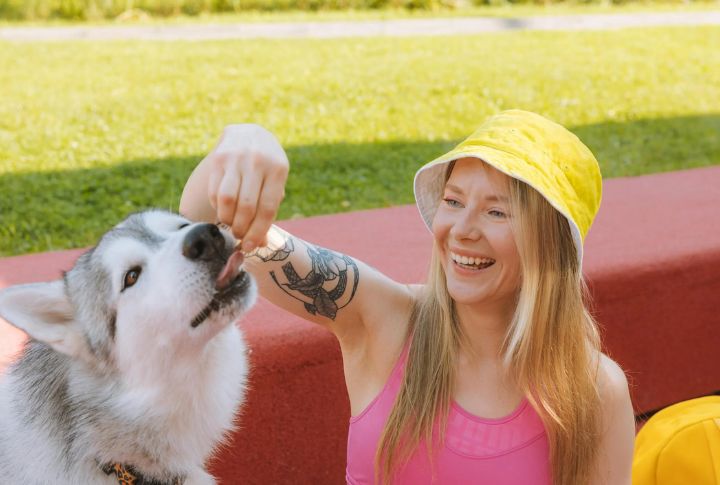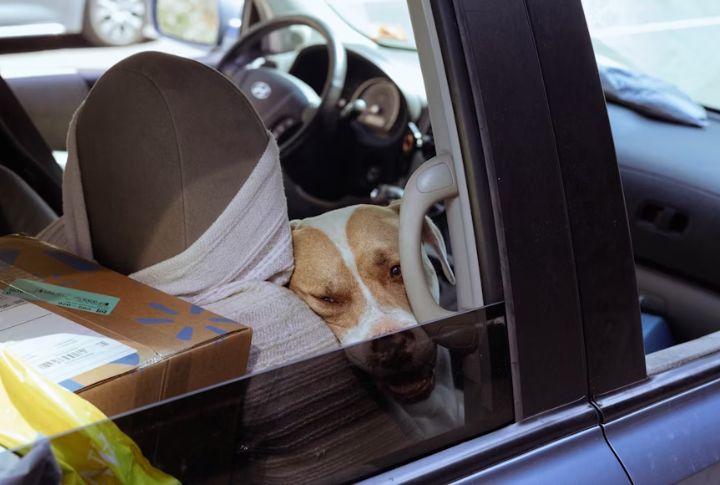10 Mistakes That Stress Dogs Out On Road Trips

Your dog might love sticking its head out of the car window, but that doesn’t mean it’s living its best life on the road. This is because road trips can turn into stress marathons when we humans overlook the little things. So, before you load up the car, let’s take a look at ten mistakes that quietly unsettle dogs on the road.
Skipping Potty Breaks Before Departure

Dogs thrive on routine, and skipping their last bathroom break before a road trip disrupts that rhythm. Some will actually pretend to pee just to please while secretly holding it in due to strange surroundings. This prolonged holding can inflame their bladder and cause lasting anxiety about future car rides.
Feeding Right Before The Ride

That last-minute meal might seem kind, but it could leave your dog feeling miserable. Stress delays digestion, and motion only worsens the nausea. Moreover, sensitive breeds, like Labs and Bulldogs, are hit harder, as their inner ear balance system reacts fast, triggering vomiting within minutes of hitting the road.
Cranking The Music Too Loud

What sounds normal to you can be overwhelming for a dog. Their hearing is more acute, and loud music in a confined car space can lead to confusion, anxiety, or irritability. Even rhythmic beats can feel too intense. Always choose quieter volumes to protect their comfort and maintain a calm atmosphere.
Letting Dogs Roam Freely Inside The Car

A moving car can feel chaotic to an unrestrained dog. They sway with every curve, often bracing instinctively while lying down. This lack of stability contributes to stress and nausea. Worse, a sudden stop turns them into projectiles. That is when crates or seat restraints reduce anxiety by providing control.
Ignoring Signs Of Motion Sickness

Ignoring the signs—like yawning, whining, or drooling—sets the stage for car anxiety. Dogs remember the discomfort, especially if it happens repeatedly. Some even start reacting to familiar roads. Try natural remedies like ginger-based treats, which can help manage the queasiness before it creates lasting stress.
Leaving The Windows Fully Open Or Shut Tight

While it’s tempting to roll the windows all the way down, extreme airflow can cause discomfort by drying out a dog’s eyes and ears. Keeping everything shut, though, isn’t much better. A slightly open window maintains airflow while softening outside scents, helping them stay relaxed during the ride.
Skipping Familiar Toys Or Comfort Items

Comfort items do more than entertain—they emotionally stabilize dogs in unfamiliar settings. When a toy or blanket carrying a home scent is missing, dogs lose that sense of security. The result? Increased cortisol and whining. Interestingly, some dogs nap better beside a shirt that smells like their owner. Hence, that small touch matters.
Overpacking The Backseat With Gear

Stuffing the backseat with bags and gear leaves your dog squeezed between clutter and chaos. This is the reason why many dogs won’t lie down, as the space feels too cramped. Incorporate a minimalist setup that can go a long way in lowering canine stress and helping them feel safe on the road.
Ignoring Temperature Changes Mid-Trip

Dogs are far more sensitive to temperature shifts than they let on. Unlike humans, they don’t sweat, so overheating can sneak up fast—especially for flat-faced breeds like pugs. On the flip side, blasting cold air may stiffen joints or trigger hypothermia in small dogs. Always keep the cabin cozy and balanced for their comfort.
Not Practicing Short Trips Before The Big One

Suddenly strapping your dog in for a cross-country ride can backfire, as many associate short drives with vet visits, which only heightens anxiety. By taking them on brief, enjoyable routes—like to a nearby park—you can help rewrite those negative associations. Over time, positive outings teach dogs that the car leads to good experiences.





